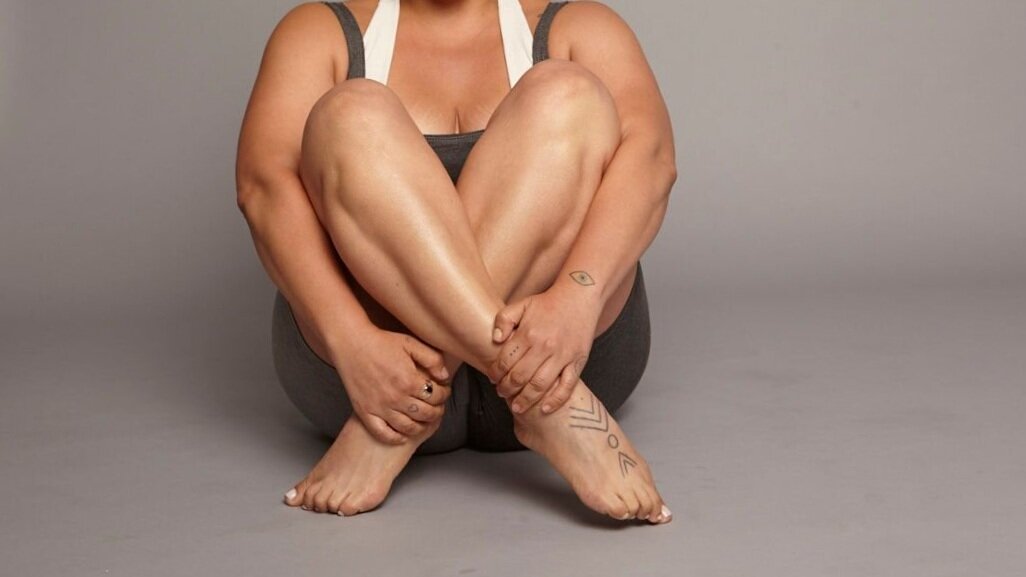Exploring the “How” Through Pilates Practice and Psychotherapy
My journey with psychotherapy began at 10 years old. I was an already anxious child that experienced some trauma at an overnight camp. Not knowing where to turn, my parents sought out the support of a psychotherapist named Hilary. During our first appointment, she asked me what I was afraid of. When I responded with a quiet “everything,” I expected to see her pull away or try to convince me otherwise. Instead her eyes softened as she took a deep breath. Then she leaned in closer to me asking, “can you tell me more?”. Fast forward two decades later, I find myself in Hilary’s chair as a therapist in training at the Gestalt Institute of Toronto.
The word gestalt is a German word that means “shape/form” or “whole”. In other words, there is a focus on the entirety of a person. Here we have, in my opinion, one of the great connections between Pilates movement practice and Gestalt therapy.
Pilates invites us to include all the parts of ourselves as we move through space. Like in Gestalt therapy, special attention is given to how the whole person feels at any given moment so they can find additional support or resolve tension through awareness, posture, and breath. The instructor and/or therapist isn’t so interested in why we are doing something, rather there is a deep curiosity about how we engage the self at the moment.
As a Pilates enthusiast for over a decade, my practice has been extremely beneficial, if not necessary, to the health of my whole being. Even before I considered becoming a psychotherapist, I could feel the importance of knowing how my body moved and be able to respond to my environment. As my practice evolved over time, so did my ability and awareness to feel and identify with my own unique process. In my opinion, this is something that Brittany and others at Fine Tune Pilates are experts at providing support for - an opportunity to get to know one’s self, moment to moment, through movement.
One simple exercise can say so much about how I support myself. For example, in a roll-down sequence, do I hold tension in my neck, lower back or feet? How can I be aware of this and provide support by bringing awareness to my rib cage and the breath that fills it? Are there sensations in my body that I can bring into awareness and yield to? Many of the questions that come to me during my Pilates practice tend to be strikingly similar to questions I explore with my therapy clients.
One of my beliefs is that any time we are working with the body, either in Pilates practice or a therapeutic alliance, both our history and our future collide. How can we best support ourselves to make the choices we most desire? That might mean we stay where we are and notice without judgment or perhaps we move into action including the whole of ourselves, leaving nothing behind. An awareness of “how” we live in the world can open our eyes to who we are in the world.
If you are curious and would like to know more, please visit the Gestalt Institute of Toronto student clinic website to complete an intake form. Happy exploring!

